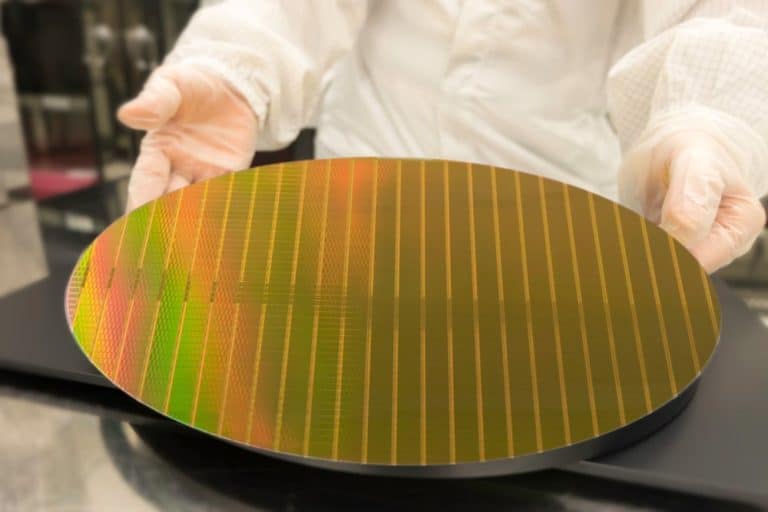Canon plans to deliver a new range of chip machines before the end of this year. Eventually capable of producing the world’s most advanced processors, the equipment looks set to become much cheaper and more efficient than dominant market leader ASML.
“We would like to start shipping this year or next year… we want to do it while the market is hot,” Hiroaki Takeishi, Head of Industrial Group at Canon, stated in conversation with Financial Times.
Nanoimprint lithography (NIL) is said to be up to 90 percent more efficient than EUV for manufacturing chips. The technology does not require a light source at a specific wavelength, making it potentially much cheaper for customers. To make it viable, however, the yield rate must be high enough, i.e. the percentage of viable chips that can be cut from a silicon wafer. According to Takeishi, problems on this front have been “largely resolved.”
Takeishi has high hopes for Canon’s NIL machines. “It is a very unique technology that will enable cutting-edge chips to be made simply and at a low cost.”
Tip: Canon deploys new chip machines to take aim at ASML’s monopoly
Interest is beyond expectations
Canon is not positioning the NIL machines as a direct competitor to ASML. Still, the devices from the Dutch company count as a huge cost item for chip makers and delivery can take many months. In other words, there is room for Canon to break through as a cheaper alternative.
Head of Canon’s finance department Minoru Asada said there was a bigger response from the chip industry “than we expected,” Reuters reports. Incidentally, the existing supply of its existing chip machines is also on the rise, with 247 lithography devices expected to be sold in 2024 compared with 187 in 2023.
Focusing on memory first
Canon’s NIL technology can be carried through to processes at 2 nanometers, which is expected to see the light of day in the second half of 2025. However, the current machines will first seek to deploy 5 nanometers, which debuted for mass production in 2022. For the very latest chips, there are currently no alternatives for ASML, nor will Canon change that this year.
Canon will first pilot some machines with customers to prove the technology’s susceptibility. It will do so with producers of 3D NAND flash memory. The Japanese company does foresee some friction as all advanced chip processes have focused on EUV as it stands. Even with that warning, however, Canon’s promise is significant. If NIL is indeed production-ready, the company is perfectly positioned to take advantage of it.
Also read: ASML might soon expand to other European countries
